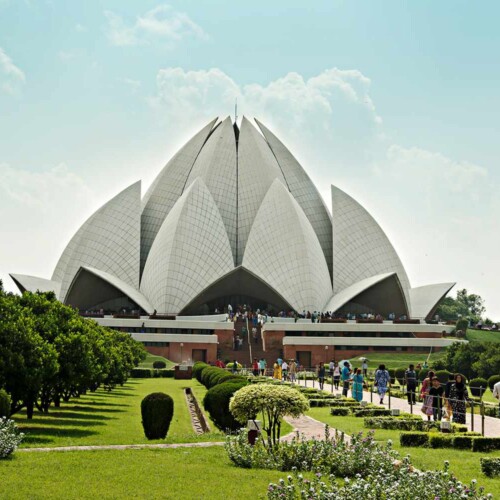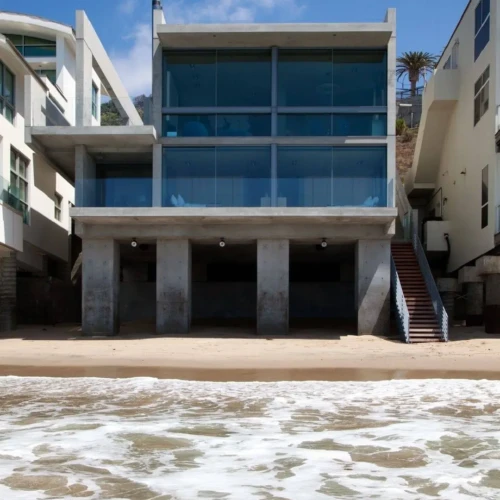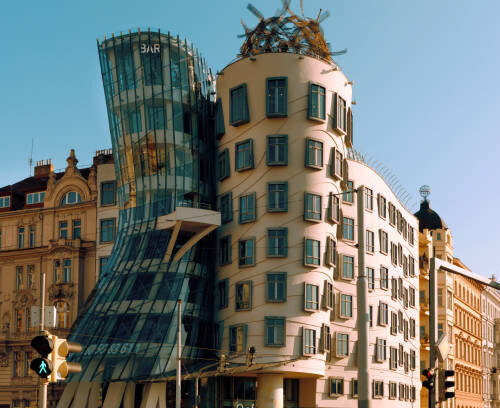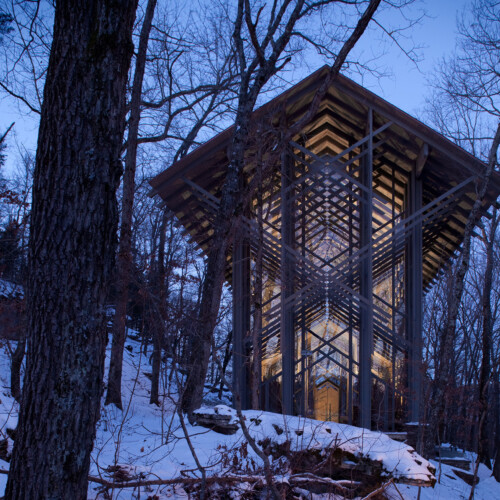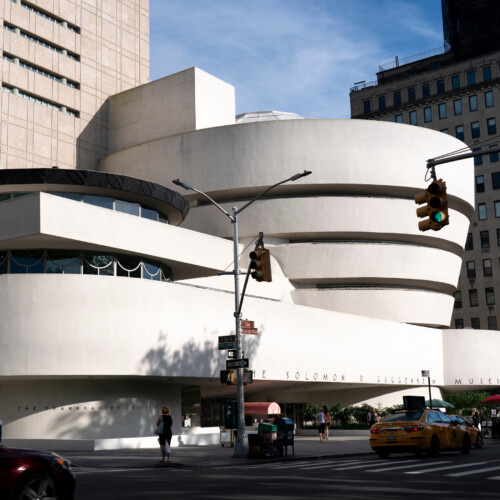Welcome to Architectural Story
Your destination for exploring the world’s most fascinating buildings, celebrity homes, and remarkable architectural designs.
Featured Categories
Celebrity Homes
Step inside the extraordinary residences of the rich and famous, from Hollywood mansions to international estates.
Iconic Architecture
Explore masterpieces by renowned architects like Frank Lloyd Wright, Zaha Hadid, and Frank Gehry.
Unique Properties
Discover one-of-a-kind homes that push the boundaries of design and imagination.
Historical Buildings
Journey through time with stories of significant historical structures and their enduring impact.
Latest Featured Properties
Newsletter
Stay updated with the latest in architectural wonders and celebrity real estate by subscribing to our newsletter.
Submit an Architectural Marvel
Know of an extraordinary building or space we should feature?

